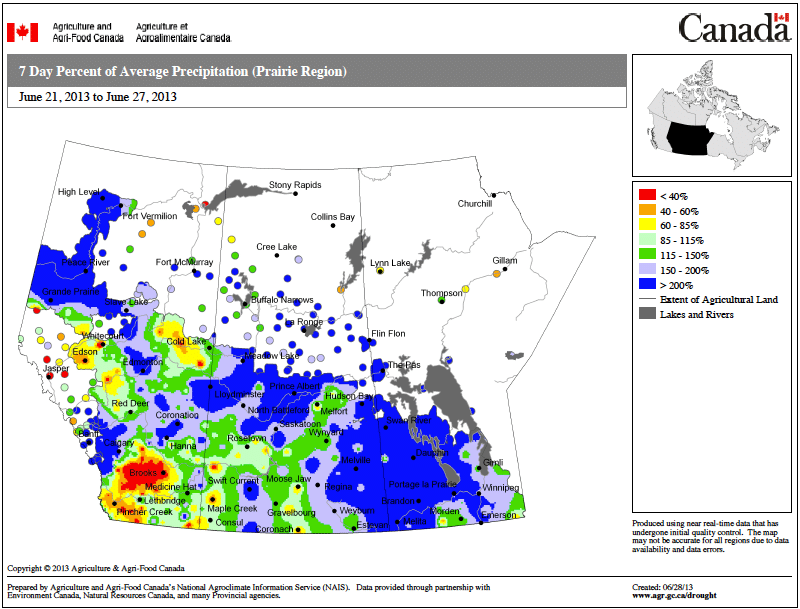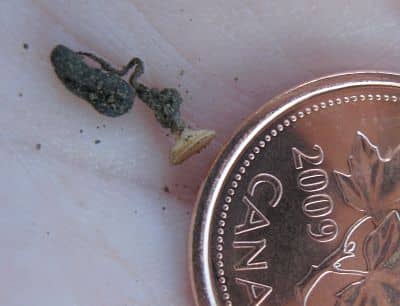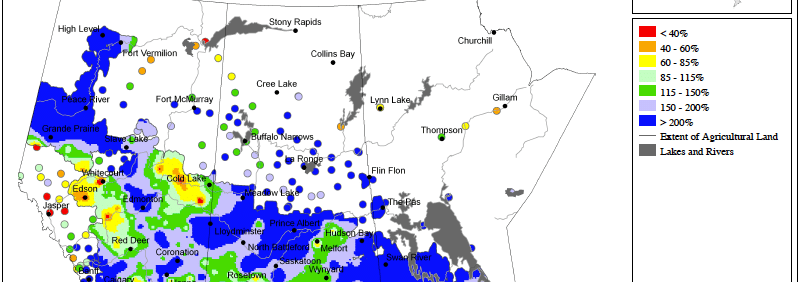
10. Record snowfall and early spring moisture were enough to increase risk from the beginning of the season.
9. We don’t have truly resistant varieties. Even varieties with higher tolerance to sclerotinia stem rot can benefit from a fungicide application with average yield potential and good moisture before, during and after flowering.
8. Fungicide is like crop insurance. It’s a risk management tool you use based on foreseen risk, not current evident damage.
7.Lower leaves in some areas are already showing sclerotinia infection.

6. The Prairies had 21 million acres of canola last year, and a lot of sclerotinia stem rot infection. Sclerotia load in soils is high, and each sclerotia body can produce 15 apothecia. That’s a lot of spores.
5. We have almost 20 million acres of canola this year. With the big crop last year, all acres are at risk this year. Sclerotinia is one disease where, with this many acres across the Prairies, it doesn’t really matter if you are on a 1 in 4 rotation — you’re still at risk.
4. Relative humidity. High humidity during and after flowering promotes higher infection, even if it doesn’t rain. Keep in mind that it’s humidity in the canopy that matters, and canopy humidity is often higher than in the air above.
3. Morning dew lingers, even on hot days. Take a walk in your canola fields mid morning. If you pants get wet from dew, this is enough moisture to advance the disease, even if afternoons are hot and dry. Risk is even greater if still wet in mid afternoon.
2. Yield potential this year is average to above average. With yield potential above 30 bu./ac., you are more likely to get an economic return from fungicide.
1. Moisture. Across the Prairies we had moist soils in the two weeks leading up to flowering. This promotes germination of the apothecia that shoot spores into the canopy at flowering. Average rainfall is enough for severe infection.
Click here for more on sclerotina stem rot management.

